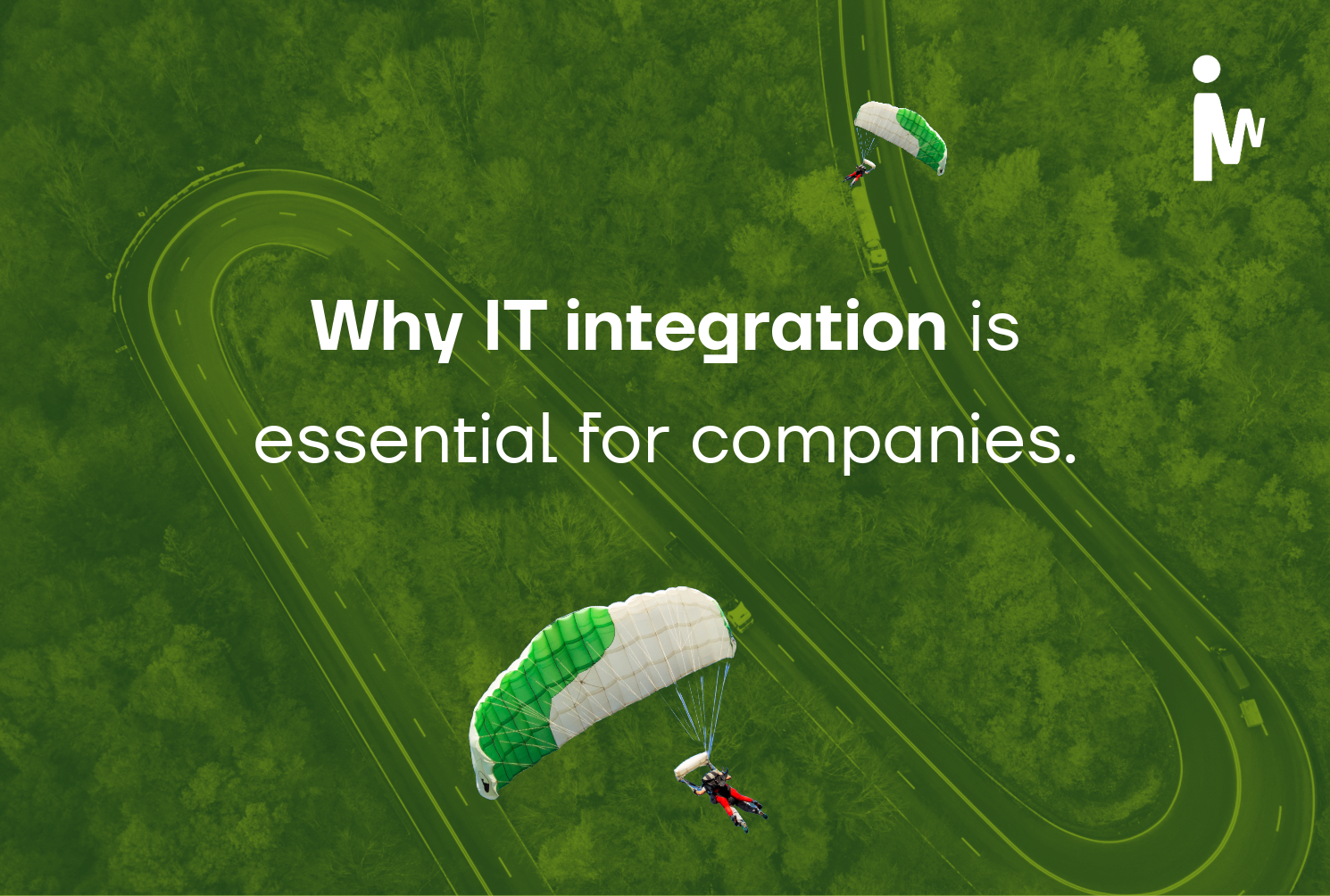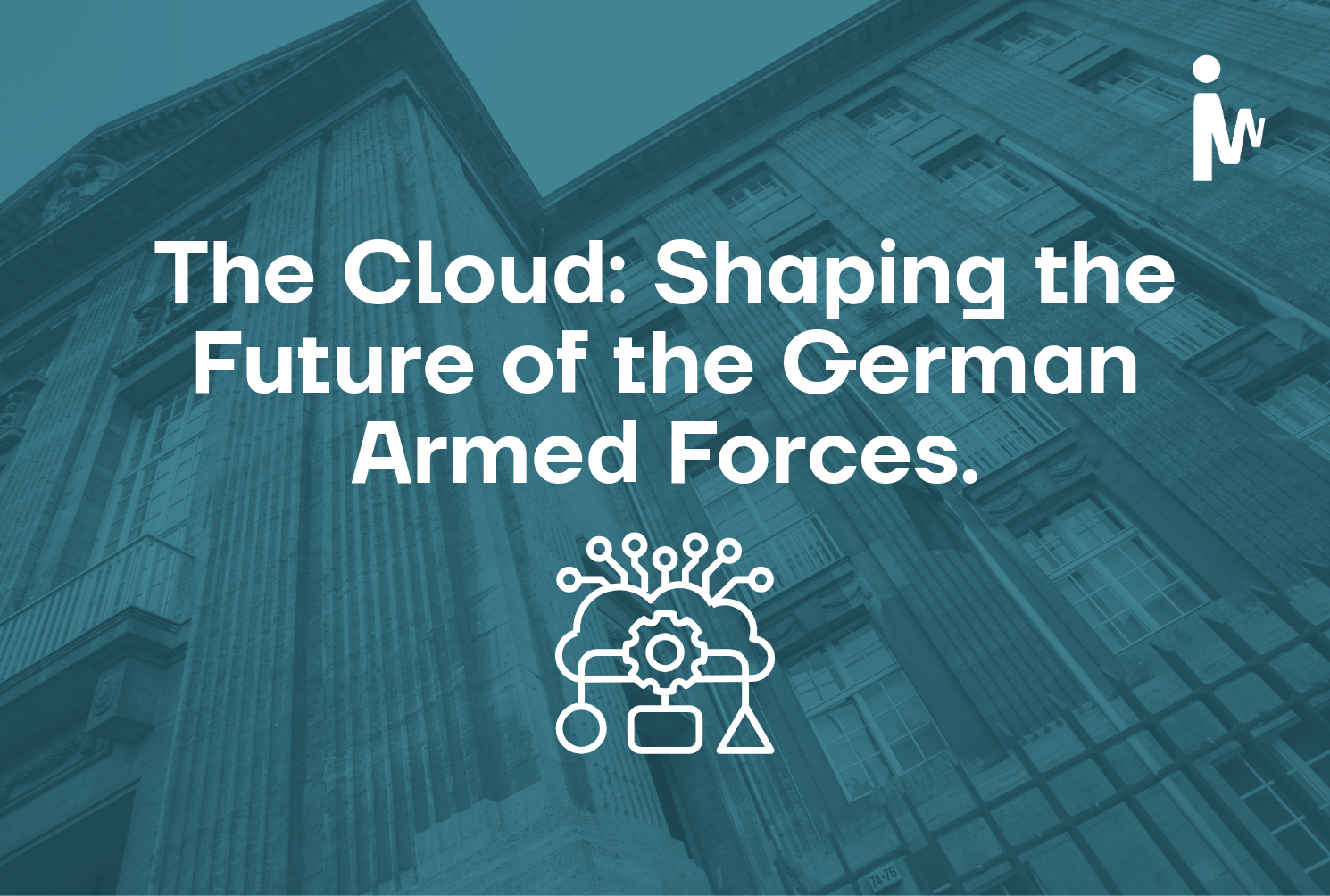IT Architecture & System Assessment of critical systems
 integrationWorks
·
5 minute read
integrationWorks
·
5 minute read
How you can protect critical systems and avoid serious IT failures through IT architecture and system assessment
On July 5, 2024, a major IT outage caused by a CrowdStrike-Falcon heuristics update caused significant disruption to Windows environments worldwide. This disruption affected key industries, including airlines and retailers, resulting in canceled flights and disrupted operations worldwide. Affected companies reported massive operational failures that significantly impacted their daily business activities.
The importance of IT security and strategy consulting
Incidents such as the CrowdStrike outage underline the complexity of modern IT infrastructures and the need for a holistic, systematic approach to IT security and strategy. At integrationWorks, we take a comprehensive approach that aims to strengthen the resilience of your IT infrastructure and minimize potential failure risks.
Our focus is on developing robust architectures and processes that enable organizations to deal with the inherent risks and challenges of modern IT environments. We recognize that no single solution or technology can provide a guarantee against all possible problems. Instead, we work to create systems that are flexible, resilient and adaptable.
Comprehensive security assessments and architectural planning
Our security assessments and architecture planning begin with a deep understanding of our clients' business goals and strategies. We recognize that every IT solution must ultimately serve business needs. Our holistic approach includes:
-
Analyzing the business strategy and objectives
-
Understanding the short and long-term business goals
-
Identifying critical business processes and their IT dependencies
-
Assessment of growth plans and scalability requirements
-
-
Inventory of the existing IT infrastructure
-
Identify critical systems and dependencies
-
Assessment of potential vulnerabilities and risks
-
Review of security architecture and processes
-
-
Alignment of IT and business requirements
-
Alignment of IT capacities with business requirements
-
Identification of gaps between IT capabilities and business objectives
-
Prioritization of IT initiatives based on business relevance
-
-
Future-oriented architecture planning
-
Designing a target architecture that supports business growth and innovation
-
Consideration of industry trends and technological developments
-
Planning for flexibility and adaptability in the architecture
-
-
Security and compliance integration
-
Embedding security measures into the architecture from the ground up
-
Consideration of industry-specific compliance requirements
-
Development of security policies that support, not hinder, business processes
-
-
Cost-benefit analysis
-
Evaluating the return on investment (ROI) for proposed architectural changes
-
Balancing security, performance and cost efficiency
-
Based on these comprehensive findings, we develop customized architecture and security roadmaps. These provide a structured, phased plan for improving the overall architecture, implementing robust processes and integrating solutions that both increase overall system resilience and optimally support business objectives.
Our goal is to create an IT architecture that is not only secure and resilient, but also acts as a strategic enabler for the business. By closely aligning IT architecture and business strategy, we ensure that investments in IT infrastructure contribute directly to the achievement of corporate goals and create measurable added value for the business.
Redundancy and reliability
The implementation of redundancy and resilience is crucial for the continuity of critical business processes. Our approach takes into account the specific requirements and priorities of each company:
-
Business criticality analysis
-
Identification of business-critical systems and processes
-
Assessment of the impact of failures on business operations
-
Definition of recovery time objectives (RTO) and recovery point objectives (RPO)
-
-
Customized redundancy strategies
-
Design of high-availability architectures based on business requirements
-
Implementation of load balancing and failover mechanisms
-
Geographically distributed systems to minimize risk while taking location strategies into account
-
-
Continuous availability testing
-
Regular testing of failover systems and processes
-
Simulation of failure scenarios to validate business continuity
-
Adaptation of strategies based on test results and changing business requirements
-
-
Cost-efficient redundancy solutions
-
Balancing redundancy level and cost efficiency
-
Utilizing cloud technologies for flexible and scalable redundancy solutions
-
Optimizing the use of resources in redundant systems
-
This holistic approach ensures that redundancy and resilience strategies are optimally aligned with the company's business objectives and risk appetite.
Backup and disaster recovery
A robust backup and disaster recovery system is essential for protecting business-critical data and ensuring business continuity. Our approach includes:
-
Business impact analysis
-
Identification of critical data and systems based on business relevance
-
Establishing recovery priorities in alignment with business objectives
-
Definition of data retention policies taking into account legal and business requirements
-
-
Multi-layered backup strategy
-
Implementation of a backup concept, e.g. 3-2-1 backup (3 copies, 2 media, 1 off-site)
-
Setting up off-site and offline backups to protect against ransomware
-
Use of cloud technologies for scalable and cost-efficient backup solutions
-
-
Comprehensive disaster recovery planning
-
Development of detailed disaster recovery plans tailored to business processes
-
Regular testing and updating of disaster recovery procedures
-
Training IT staff and relevant business units in disaster recovery procedures
-
-
Automation and optimization
-
Implementation of automated backup and recovery processes
-
Continuous monitoring and optimization of backup performance
-
Regular review and adaptation of strategies to changing business requirements
-
-
Compliance and governance
-
Ensuring adherence to industry-specific compliance requirements
-
Implementation of audit trails and reporting mechanisms
-
Regularly reviewing and adapting strategies to changing legal requirements
-
Through this comprehensive approach, we ensure that companies remain capable of acting even in the event of unforeseen events and can quickly restore critical business processes, always focusing on the specific business requirements.
Optimization of the system architecture
An optimized system architecture forms the foundation for efficient, secure and future-oriented IT operations. Our approach to architecture optimization includes
-
Business-oriented architecture analysis
-
Evaluation of the existing architecture in the context of the business objectives
-
Identification of bottlenecks and inefficiencies that hinder business processes
-
Alignment of the architecture goals with the long-term corporate strategy
-
-
Modernization and flexibilization
-
Modularization of systems to reduce dependencies
-
Feasibility analysis for the implementation of microservices architectures for better scalability and agility
-
Technology assessment for the use of containerization for improved isolation and easier management
-
-
DevOps and Continuous Integration/Continuous Deployment (CI/CD)
-
Introduction of DevOps practices for faster and more secure deployments
-
Implementation of CI/CD pipelines to automate development and deployment processes
-
Promoting a culture of continuous improvement and innovation
-
-
Cloud strategy and hybrid architectures
-
Develop a cloud strategy that aligns with business objectives
-
Implementing hybrid and multi-cloud architectures for optimal flexibility and cost efficiency
-
Ensuring data sovereignty and compliance in cloud environments
-
-
Performance optimization and scalability
-
Carrying out load tests and performance analyses
-
Implementation of caching strategies and content delivery networks (CDNs)
-
Design of auto-scaling mechanisms to cope with peak loads
-
-
Security by design
-
Integration of security aspects into every level of the architecture
-
Implementation of zero-trust architectures
-
Regular security audits and penetration tests
-
-
Data management and analytics
-
Development of a data architecture that supports business analysis and decision-making
-
Implementation of data lakes and big data technologies to support business intelligence
-
Ensuring data quality and integrity across all systems
-
Through this comprehensive optimization of the system architecture, we create a flexible, scalable and secure IT infrastructure that acts as a strategic enabler for the company and actively supports the achievement of business goals.
Identity and access management
Effective identity and access management (IAM) is critical to an organization's security and compliance, but at the same time must support business processes, not hinder them. Our approach includes:
-
Business process-oriented IAM strategy
-
Analysis of business processes and access requirements
-
Developing an IAM strategy that balances security and usability
-
Aligning IAM policies with business objectives and compliance requirements
-
-
Implementation of the principle of least privilege
-
Conducting a detailed role and authorization analysis
-
Develop granular access policies based on business roles
-
Regular review and adjustment of access rights
-
-
Strong authentication
-
Introduction of multi-factor authentication (MFA) with user-friendliness in mind
-
Implementation of single sign-on (SSO) for seamless user experience
-
Use of biometric authentication methods where appropriate
-
-
Privileged Access Management (PAM)
-
Implementation of PAM solutions for critical systems and sensitive data
-
Introduction of Just-in-Time (JIT) and Just-Enough-Access (JEA) principles
-
Monitoring and auditing of privileged activities
-
-
Identity governance and administration
-
Automation of user lifecycle processes (onboarding, changes, offboarding)
-
Implementation of self-service portals for users and approval workflows
-
Regular access reviews and recertification processes
-
-
Cloud identity management
-
Integration of cloud services into the IAM strategy
-
Implementation of Cloud Access Security Brokers (CASB) for improved visibility and control
-
Ensuring identity synchronization between on-premises and cloud environments
-
-
Training and awareness raising
-
Development of comprehensive training programs on IAM guidelines and best practices
-
Regular awareness campaigns to promote a security-conscious corporate culture
-
Conducting phishing simulations and other security tests
-
Through this holistic approach to identity and access management, we create an environment that is both secure and user-friendly and meets the specific needs of the organization. This allows employees to work efficiently while minimizing the risk of data breaches and unauthorized access.
Conclusion
Secure and resilient IT operations are built on a solid foundation of well-planned architecture, robust processes and well thought-out security measures. Through our systematic approach and extensive expertise, we help companies strengthen their IT infrastructure, minimize risks and be prepared for unforeseen events. Contact us today to find out how we can help your organization build a reliable and secure IT environment.
Contact us if you need advice.

.png?width=800&height=539&name=Blog%20Bilder-2%20(1).png)


